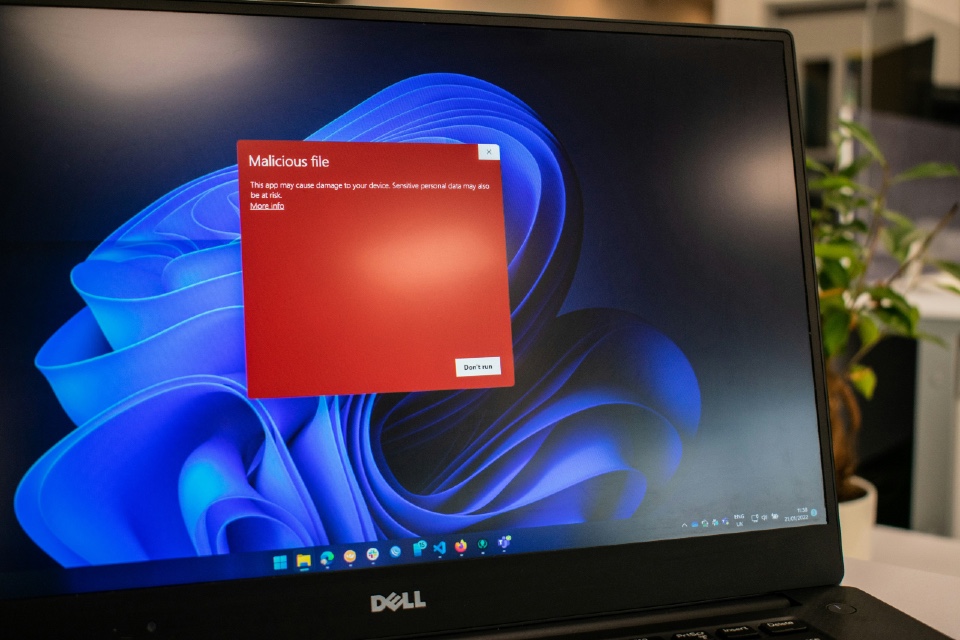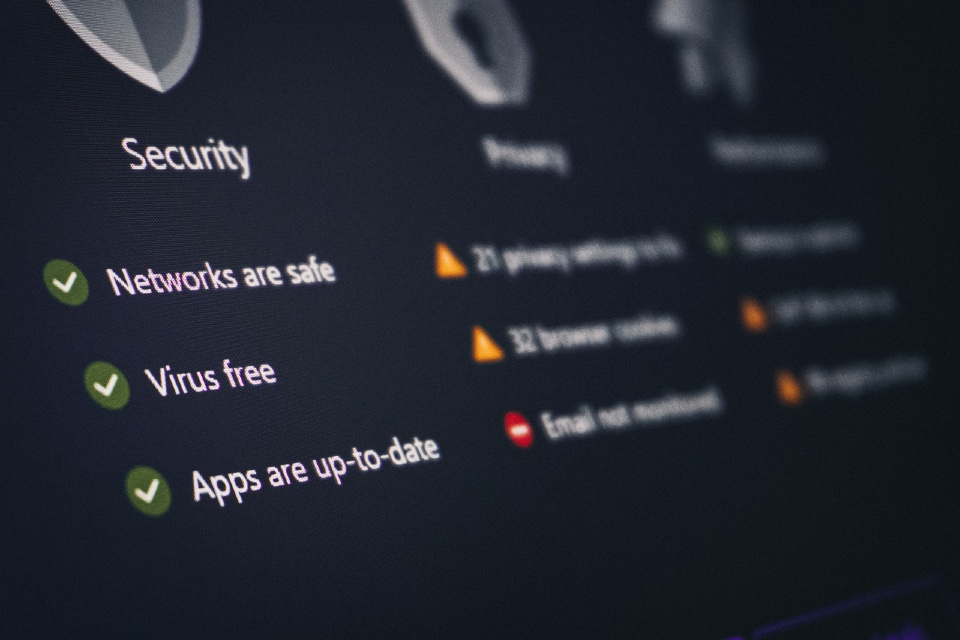Anti-malware solutions have evolved substantially this year in response to increasingly sophisticated cyber threats. Senior IT and cybersecurity professionals in the UK’s private and public sectors are now relying on advanced technologies to protect against malware, ransomware, and zero-day attacks. Here’s a look at the key trends shaping anti-malware solutions, along with insights into usage scenarios, technology, costs, and future outlook...
1. AI and Machine Learning for Proactive Threat Detection
Artificial Intelligence (AI) and Machine Learning (ML) are at the forefront of anti-malware technology in 2024, enhancing proactive threat detection capabilities. AI-driven solutions analyze large volumes of data and detect anomalies or suspicious patterns, making it possible to identify malware and ransomware threats before they cause damage. ML algorithms continuously learn from past attacks, enabling them to detect even zero-day threats, which traditional signature-based methods often miss.
These solutions are particularly valuable in high-risk environments such as financial institutions, healthcare, and government sectors, where the cost of data breaches is significant. While advanced AI-driven solutions may come with higher initial costs, they provide long-term savings by reducing the need for manual threat hunting and lowering the risk of successful attacks.
2. Behavioral Analysis and Endpoint Detection and Response (EDR)
Endpoint Detection and Response (EDR) solutions have become essential in defending against sophisticated malware. EDR tools monitor endpoint activity and use behavioral analysis to detect malicious behavior, such as abnormal file execution or unauthorized access attempts. This approach enables rapid responses to suspicious activities and mitigates threats before they spread across the network.
EDR is widely used in both public and private sectors, especially in organizations managing remote workforces. The ability to monitor endpoints in real-time makes EDR particularly effective for managing remote device security, where traditional perimeter defenses fall short. EDR solutions are cost-effective when compared to the potential losses from malware attacks and are increasingly available as flexible, subscription-based models.
3. Cloud-Based Anti-Malware Solutions
Cloud-based anti-malware solutions have become more popular as organizations shift to hybrid and cloud environments. These solutions offer scalable, real-time protection without the need for extensive on-premises infrastructure. Cloud-based platforms integrate seamlessly with cloud services, providing consistent protection for data and applications hosted in the cloud.
For IT professionals in sectors like retail, where customer data is constantly accessed and updated, cloud-based solutions provide robust protection and easy scalability. Their pay-as-you-go pricing models also make them budget-friendly for organizations looking to optimize cybersecurity spending.
4. Zero Trust and Identity-Driven Security
The Zero Trust model, which mandates strict identity verification for every user and device, is increasingly integrated into anti-malware solutions. By continuously authenticating users and limiting access privileges, Zero Trust minimizes the risk of malware spread within an organization. Identity-driven security measures, such as Multi-Factor Authentication (MFA) and identity-based segmentation, are now standard practices for mitigating malware threats, particularly in sectors dealing with sensitive data.
Implementing Zero Trust can have a higher initial cost due to the necessary tools and infrastructure, but it provides substantial long-term savings by reducing the likelihood and impact of successful attacks.
Outlook for 2025 and Beyond
Looking forward, anti-malware solutions are expected to become even more advanced, with increased reliance on AI, automation, and identity-based security. As threats grow more sophisticated, UK organizations will likely adopt even more proactive and integrated approaches to malware defense, making Zero Trust and EDR essential pillars of their cybersecurity strategy.
Cost-effective cloud-based solutions will also continue to gain traction as they support scalability and flexibility in an increasingly digital landscape. Together, these trends are setting the stage for a resilient cybersecurity infrastructure to address evolving challenges.
Are you searching for Anti-Malware solutions for your organisation? The Cyber Secure Forum can help!






